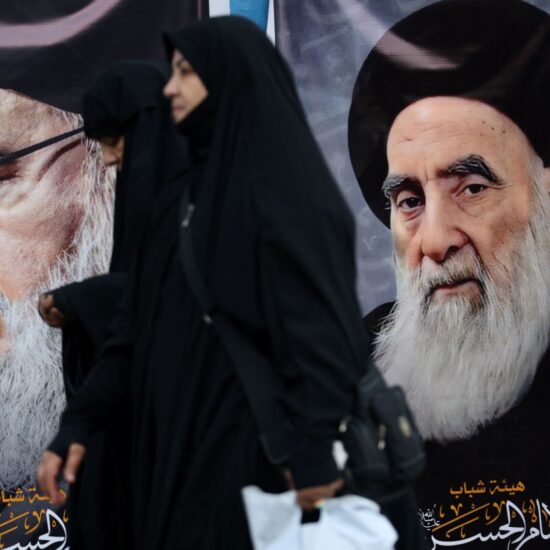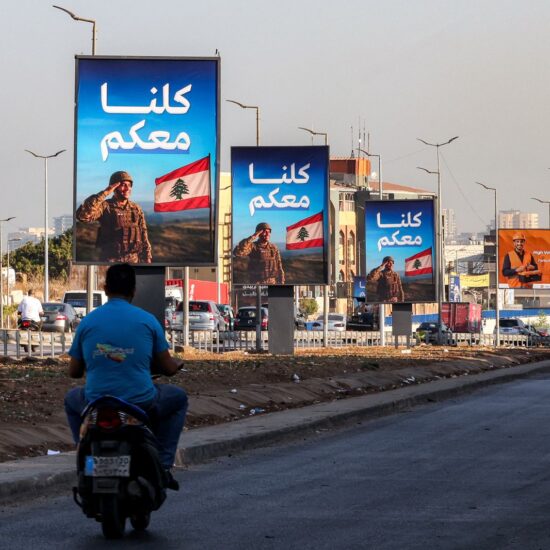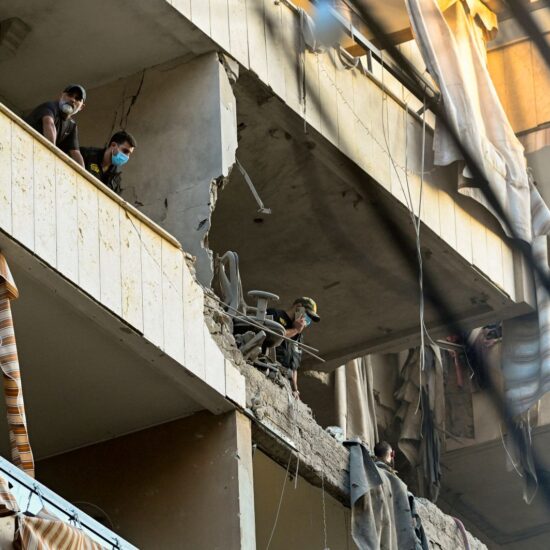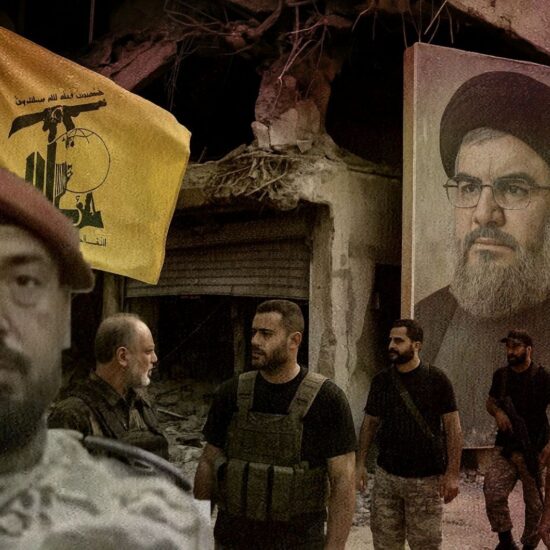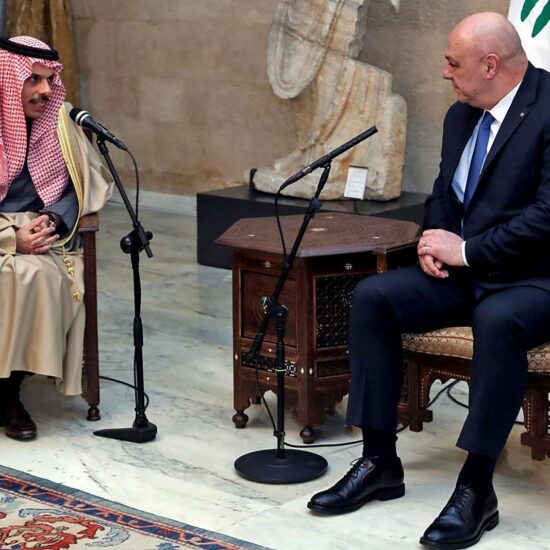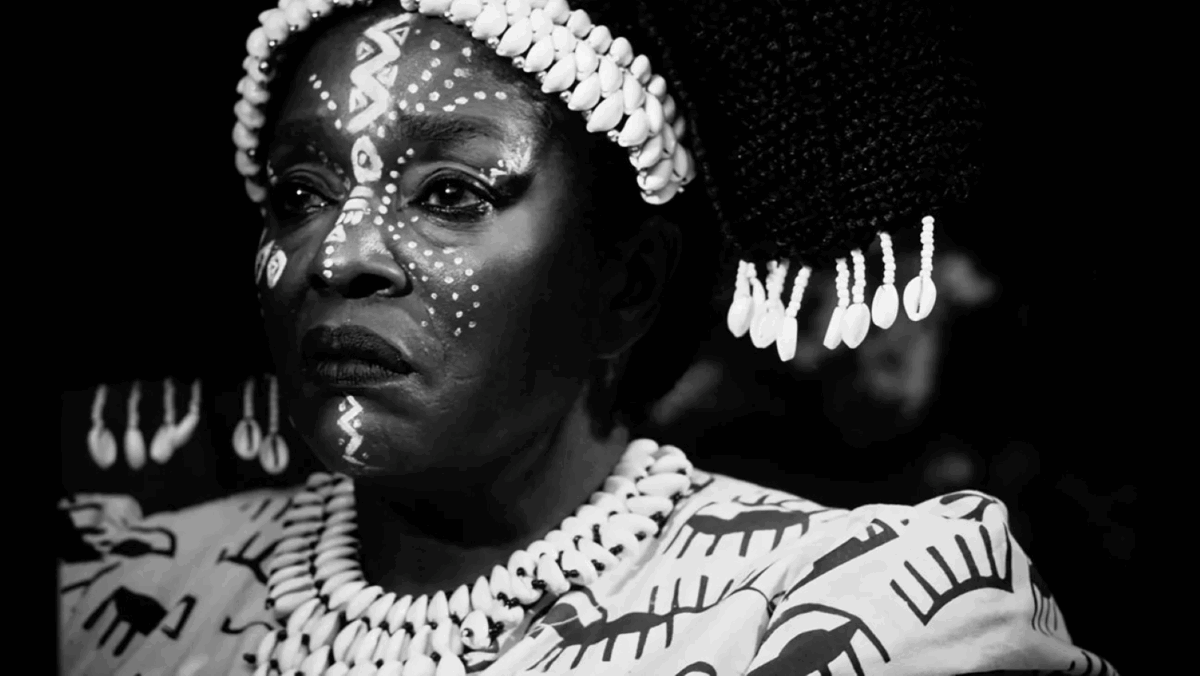
‘About the South’ and about all of us: twenty-two movies to challenge Western dominant perspective on cinema and celebrate a new language to narrate our South
An exciting selection of screenings from the Global South has filled Beirut’s newly-opened Metropolis cinema with new perspectives on the African continent, old – but revisited – ones on the Arab world, tribal songs, distant melodies, and a constant feeling of rediscovery, however painful, that tells: it could be us, the ones on the widely illuminated screen. It could be us: in Latin America, Afghanistan, or that lost village by the ocean in Nigeria. That the staging of a sad reality forces us to come to terms with the phantasms of civil wars, enforced disappearances, the erasure and rewriting of collective memory. But also labour exploitation, lost traditions, blind thirst for progress, failed revolutions, irreversible shattering of the family nest. Knowing that only death, indeed, is the real constant: not hope, nor common geographies. That south is not a geographical concept, but a politicized state of mind.
Inaugurated last Thursday, April 10, and ongoing until tomorrow, April 19, Écrans du Sud, in French ‘Screens of the South’, offered to Beirut’s cinephiles ten days of cinema in motion. Screening twenty-two films from the Global South, made by twenty-five directors – famous or lesser-known -, and coming from thirty-five different countries. Ten movies were chosen from the Arab world, five from the African continent, four from Asia, and three from Latin America – spanning across Brasil, Colombia, and Mexico – towards Sudan, Egypt, Tunisia, up until Iran, Cambodia, India.
Yet, transcending borders, the screenings in the program tell what usually cannot be told. That as much as Western aesthetic domination can easily be unhinged by new – yet not only, think of the 1966 restored film by Senegalese Ousmane Sembène – ways of making, saying, seeing cinema, that of production still weighs like a burden. Indeed, it will come as no surprise to find, among the names of the festival’s protagonists – the countries of the Global South – a few intruders: France, Netherlands, Germany, UK. And one wonders: what if instead of burdens, they were not ballasts, encumbrances? Or: is a free southern cinema really possible?
“This is a project that breaks with the dominant Western criteria, long considered benchmarks, a sort of compass, and puts other models, closer to our realities, at the center,” said Hania Mroué, founder and director of Metropolis Cinema, in an exclusive interview with the Lebanese daily L’Orient-Le Jour. “This partial vision focuses on what is happening in Europe and the United States, forgetting the events taking place elsewhere. There has always been this idea that we should learn from their experiences by trying to imitate their model and adapt it to our countries. The reality is quite different in our countries: this creates a power struggle, whether we like it or not, and a lot of frustration,” she continued.
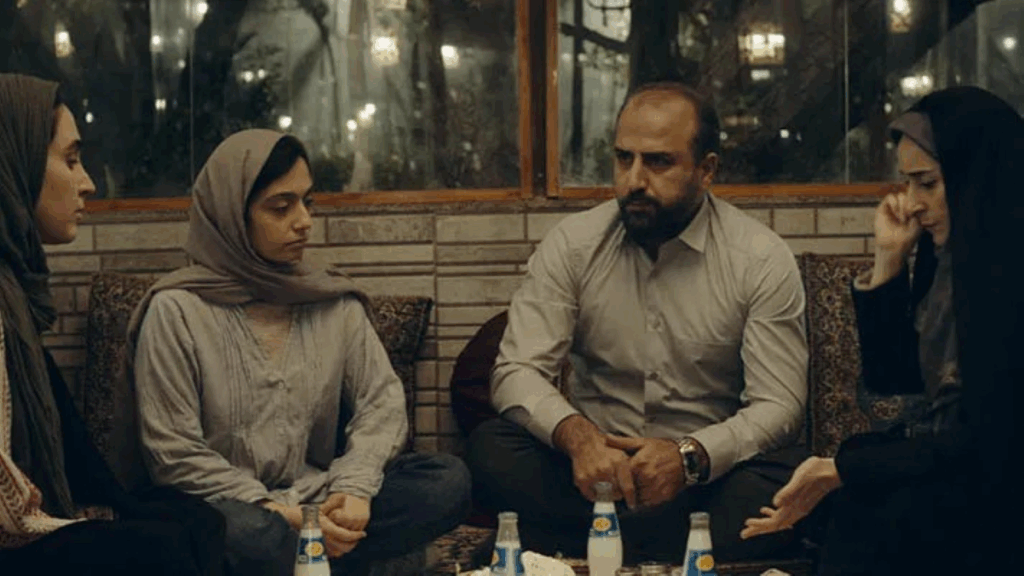
Shot from the movie The Seed of the Sacred Fig (2024), by Mohammad Rasoulof. Credits: Cinema Without Borders
And come to think of it, when it comes to the archetypal models of film history, the power of the dominant culture of the Global North has long crushed the possibility of a different voice, stifled its attempts to sing. And instead today – in a lightweight and modern structure built on a vast plot of land in Mar Mikhael, donated directly across from the site of the catastrophic Beirut port’s blast of August 4, 2020, with the possibility of being dismantled if necessary, and therefore mobile – it seems that this is not true, that the visual, aural, political language of the seventh art has been rewritten, emancipated, all new. And that the main characters – the Teherani investigative judge Iman, in Mohammad Rasoulof’s The Seed of the Sacred Fig, tested by the dramatic events following a young woman’s death in police custody, and trapped by manipulation corruption of power; the Palestinian smugglers Chatila and Reda, through the eyes of Mahdi Fleifel’s To a Land Unknown, trapped in their hazardous journey out of Athens; the Jordanian widow Nawal, in Amjad Al-Rasheed’s Inshallah a Boy, pretending to be pregnant with a boy to save her daughter and her home from a relative who exploits patriarchal inheritance laws – and many others more -, are no longer depersonalized victims, as a certain Western cinema likes them to be, but real agents, with strong personalities, both human and political, just like the directors who created them: taking inspiration from people that are not hard to imagine similar to those sitting in the auditorium of this same cinema. While laughing, crying, advocating, archiving, claiming responsibility – thus actively remembering -, or, and rightfully so, attempting to forget.
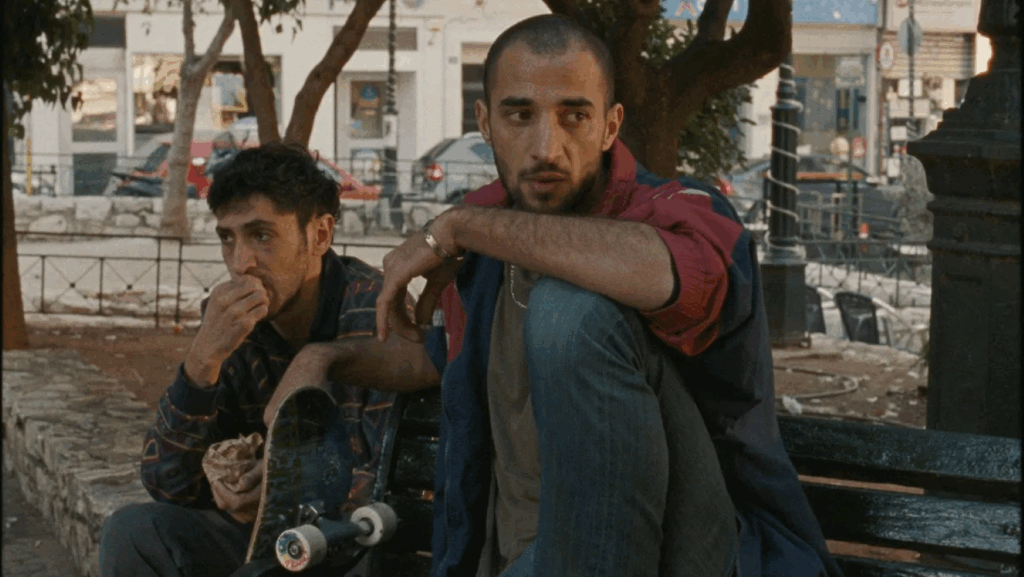
Shot from the movie To a Land Unknown (2024), by Mahdi Fleifel. Credits: The Hollywood Reporter
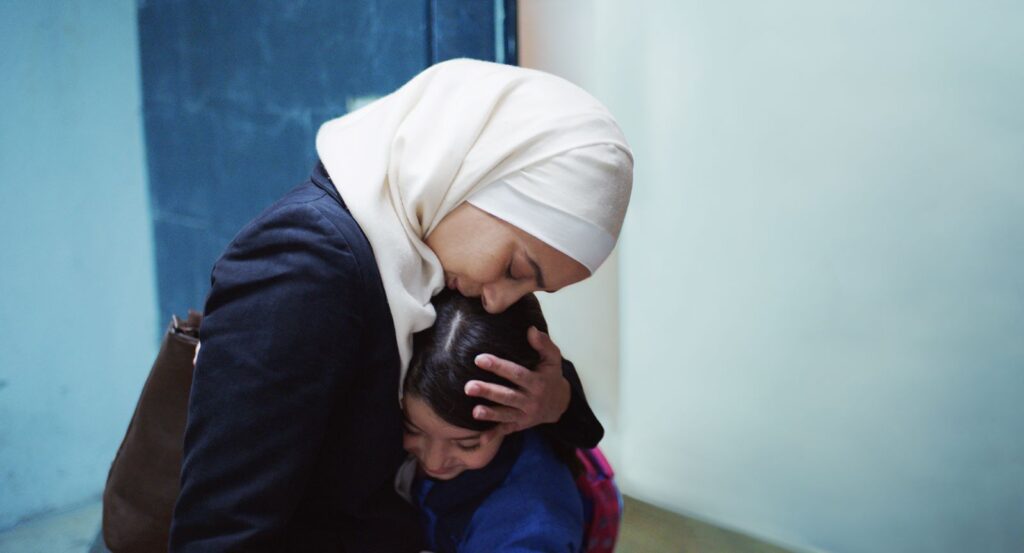
Shot from the movie Inshallah a Boy (2023), by Amjad Al-Rasheed. Credits: The Hollywood Reporter
On the contrary, it is the West that is either completely absent – as in CJ ‘Fiery’ Obasi’s beautiful hallucination, Mami Wata, in which black and white do not distinguish skin colors, but day and night, forces of good and forces of evil, magic and progress – or, on the contrary, passivized, exploited to tell other stories. Such as, for example, that of the aforementioned Ousmane Sembène, La Noire de…, also in black and white, but with softer, less contrasting tones, in which white corresponds to the antagonist – the French colonial-employer, consciously responsible for the suicide of the young Diouana, devoured by guilt, pursued by a ritual Senegalese mask – and black to the human, reflective, ascetic protagonist: whom everyone believes to be illiterate, but in reality understands, and, understanding, refuses to speak. Where white is verbalized, oppressor, thin and bent by the fear of dying – black is mute, childlike, immortal. Even if she takes her own life, Diouana survives: as alive is the slum of Dakar from which the young girl has fled, dreaming of France, squeezed into her silk dresses, elegant shoes, weighed down by the jewelry she wears every day, with meticulous precision, nun-like constancy, hoping to get out – and death is the bourgeois passage of time in a flat on the Côte d’Azur, the boredom of wealth that does not know how to spend itself, and has no more dreams. La Noire, on the other hand, dreamt of freedom and independence, but soon came to the realization that France means nothing but cooking, cleaning, and being mistreated.
And we, on the other side of Sembène’s narrative mastery, realize, as if reawakened from a dream, the relativity of Lebanon’s ‘southerness’, thinking of how many similarly exploited domestic workers today, as we go to the cinema, face the lost illusion of labour emancipation, confronting the modern meaning of slavery: from one South, to another.
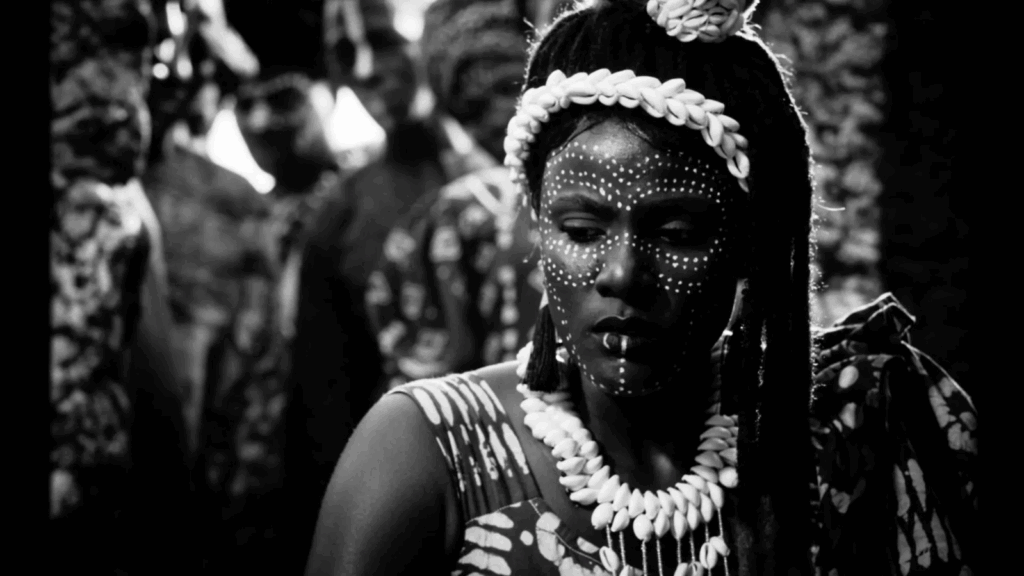
Shot from the movie Mami Wata (2023), by CJ ‘Fiery’ Obasi. Credits: New York Times
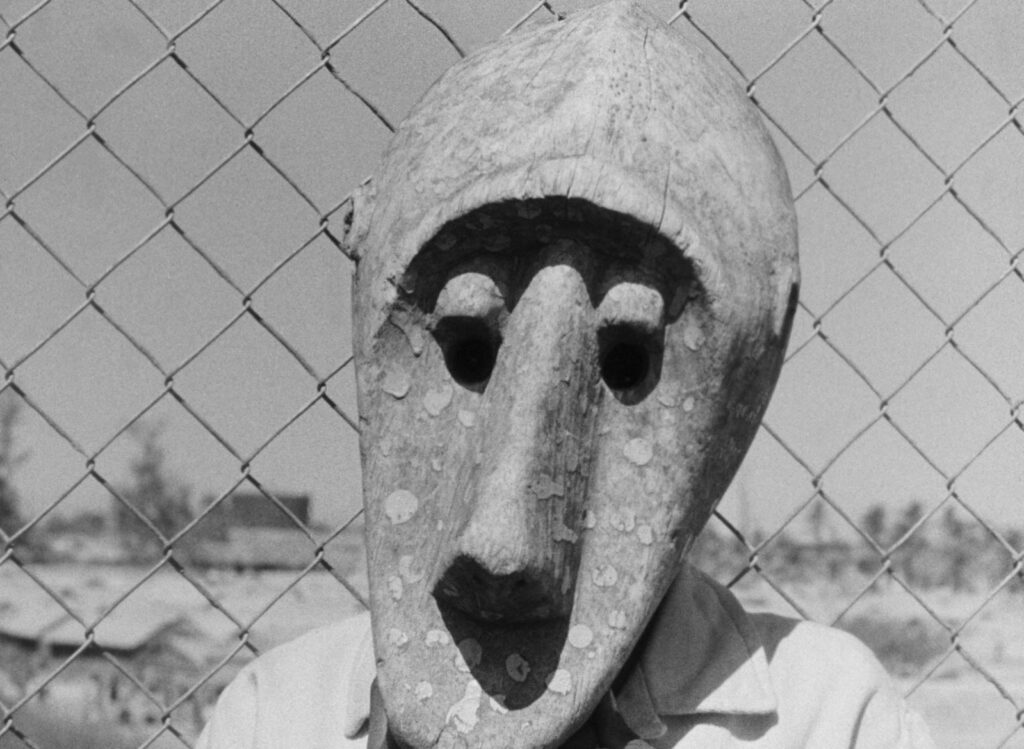
Shot from the movie La Noire de… (1966), by Ousmane Sembène. Credits: CineLapsus

Shot from the movie La Noire de… (1966), by Ousmane Sembène. Credits: Another Gaze
From South to South
The fact that Écrans du Sud is not an awards-giving festival, in which there’s no place for competition, leaves room for discordant, when not opposite, narratives, especially concerning its hosting country, Lebanon. On one hand the dark-comic country of Disorder – an uncompromising big picture of a Lebanon trapped in total chaos, through the lens of Lucien Bourjeily, Wissam Charaf, Bane Fakih, and Areej Mahmoud, since the big collapse of October 2019 and the Beirut Port explosion in August 2020 – and on the other hand that of Sylvie Ballyot’s Green Line, an autopsy of the Civil War at the time of its outbreak’s fiftieth anniversary: an intimate return from decades of self-imposed absence through the eyes of a woman, Fida, who has kept her child’s perspective on the trauma she experienced, and now gives it back, performed into a theatre of miniatures and maps, to former militiamen. As we see them confronted with her naive questions, normalizing the same old narratives that have been imposed on us – a religious conflict, the war of others, or simply ‘the events’ -, she, dressed in the same naivety as her seven-year-old self, ends up burning the photos of the war’s massacres – Ein el-Rommaneh, Black Saturday, Tall al-Zaatar, Qarantina, Damour, Sabra and Shatila -, inverting their chronological order – Ein el-Rommaneh, Black Saturday, Qarantina, Damour, Tall al-Zaatar, Sabra and Shatila -, refusing to periodize something that has not yet had consensus, let alone justice.
So that the apocalyptic, dystopian humor of the absurd applied to political instability, lack of resources, and corruption, co-exists with the childish commemoration of a fifteen-year hiatus of mass murdering – an estimated 150,000 were killed between 1975 and 1990 -, whose executioners are sitting, among us, in our same cinema hall: repentant or not. And the unfinished crisis – in days when Israeli drones return to disturb the sky of Beirut, and never left that of south Lebanon – in one case marks the beginning of an unresolvable situation that falls under the name ‘crisis’, and in the other seems – despite Green Line having been released only in 2024 – to resolve, or to conclude, another cancer that has the name ‘sectarianism’. Yet in both cases perceived as caesura.
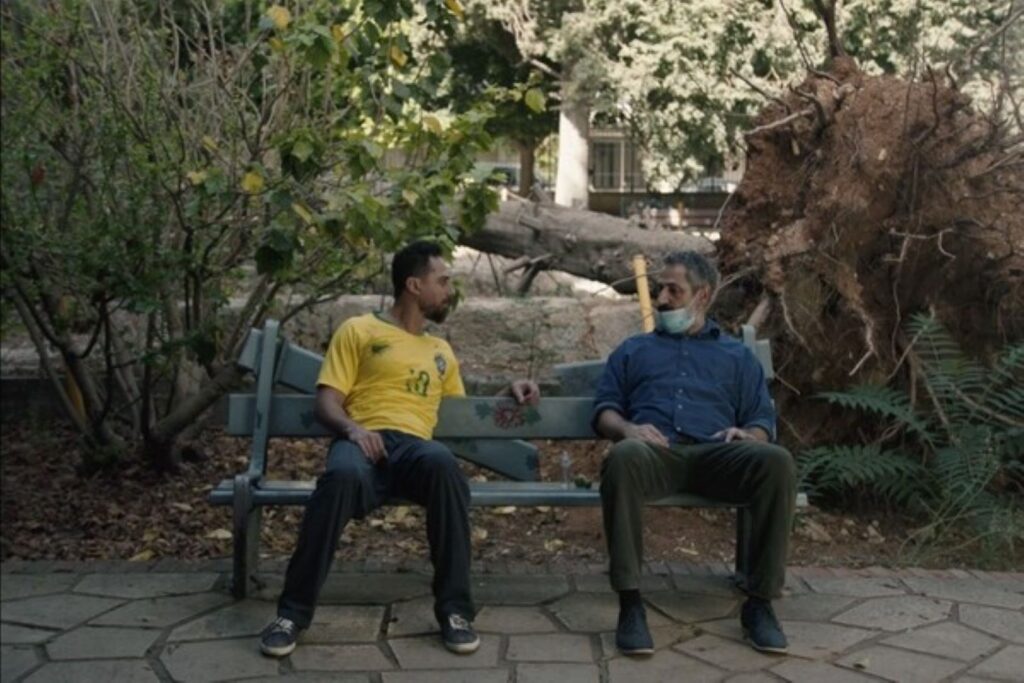
Shot from the movie Disorder (2024), by Lucien Bourjeily, Wissam Charaf, Bane Fakih, and Areej Mahmoud. Credits: Broadcast Pro
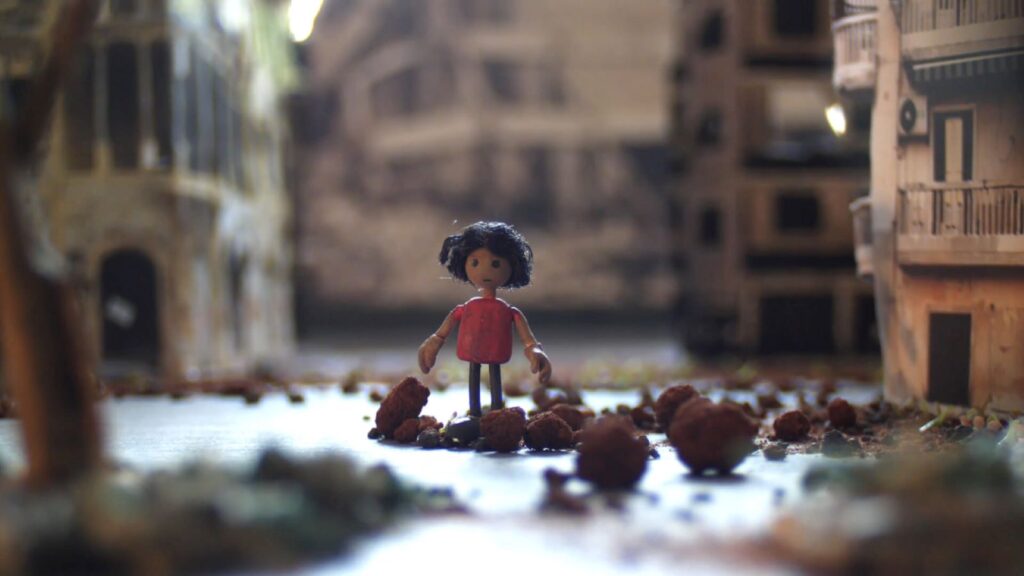
Shot from the movie Green Line (2024), by Sylvie Ballyot. Credits: Cinéma du Réel
But the truth lies elsewhere. Fida, a 57-year-old child dressed in pink, carrying her school bag, discovers that she is color-blind because what for her grandmother, in the bloodless bodies at the foot of the statue of Bechara El-Khoury, is l’enfer rouge, the red hell, for her is brown: and she says, to all of us, through staged miniatures of what the Green Line has meant for Beirut – a deep, deep wounding – that color-blindness is collective – some call it amnesia – and lies in the inability, in the impossibility of agreeing on a starting point, on the weight of a trauma, on the echo that unspoken pain has had in the protests of 2019, and unresolved corruption over the deaths of August 4.
Or, even further afield, that the weight of that instability has exploded more recently, bursting out of the imposed limits of ‘resilience’, before the disappointed hopes of the thawra could recompose, before the wounds of the port explosion healed completely, in the fall of the Syrian regime, and the renewed hope of finding – even dead – at least some of the 17,500 victims of enforced disappearance from those tragic fifteen years. And realizing, from one South to the other, that, among all screenings, it is a Brazilian film that clarified Lebanon’s color-blindness: talking about us, eliminating the relativism of sight. With I’m Still Here, Walter Salles told the story of one and all enforced disappeared: Marcelo Rubens Paiva, his five children, a tireless wife, amidst Brazil’s military dictatorship and its hidden history.
We understand, then, that there’s no point in wearing the gaze of traumatized childhood and go looking for reasons: when stories are that powerful, it is enough to tell them as they are, naked. Only to leave the cinema theatre and realize that the little chat and the cigarette smoked after the screening do not lighten the heavy soul. That you do not leave the projection – instead, you carry it with you, like the aware glances of the protagonists searching for their kidnapped father in an ice-cream parlour in Rio de Janeiro, one evening; or as Eunice, Marcelo’s wife, counts the days of her incarceration – and Fida, as a child, those of the war – and all the children during all wars. Without speaking of any resilience: but showing the stillness in non-hope that only southerners are capable of.



